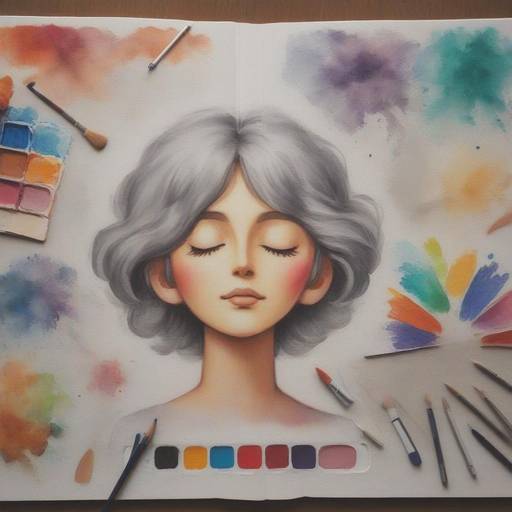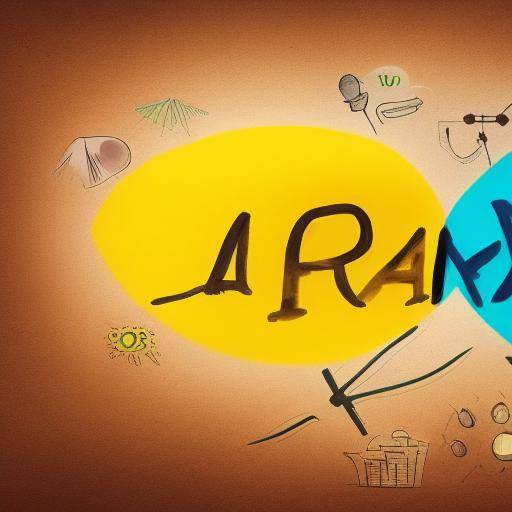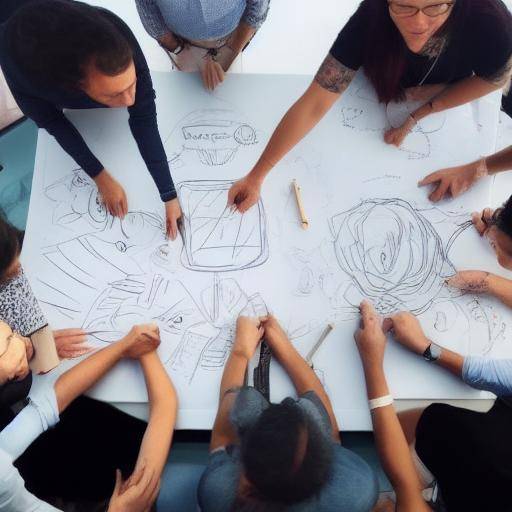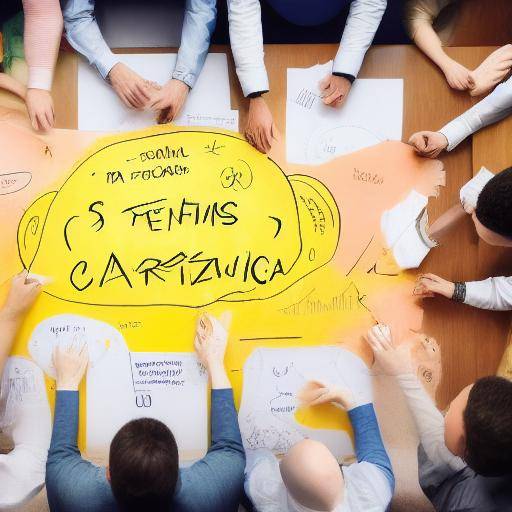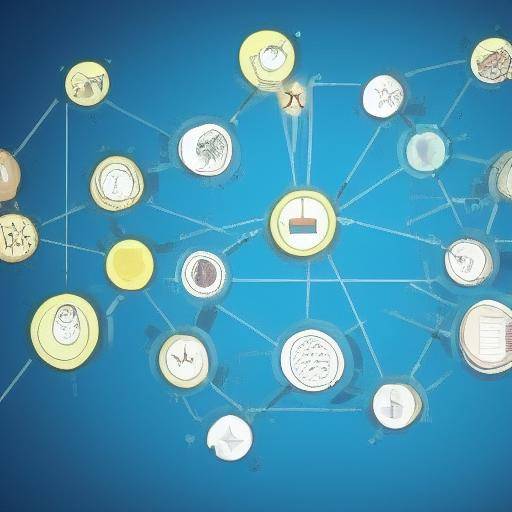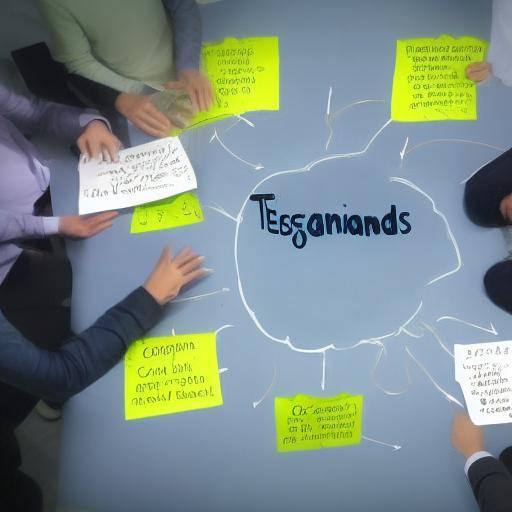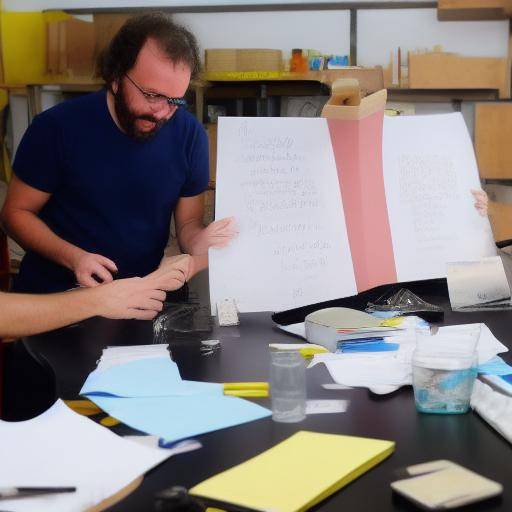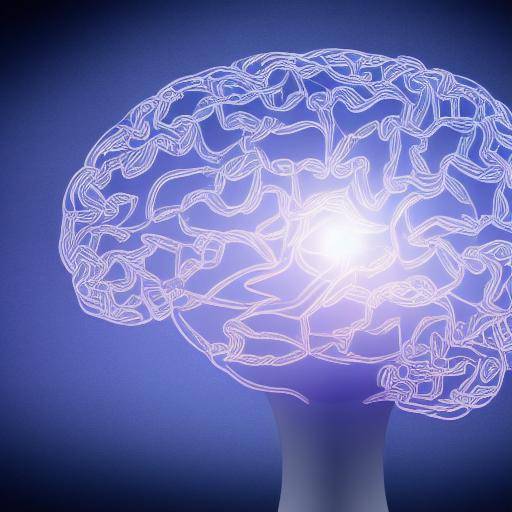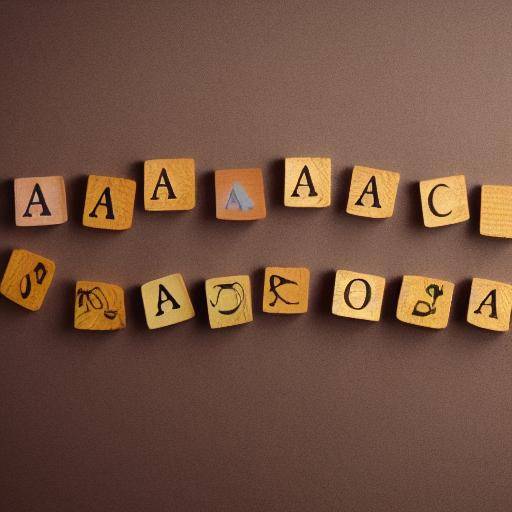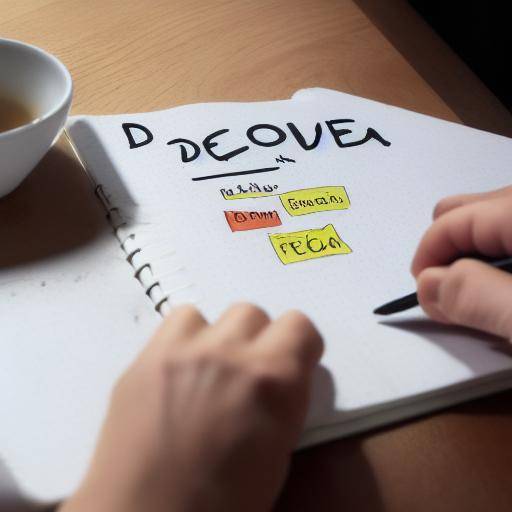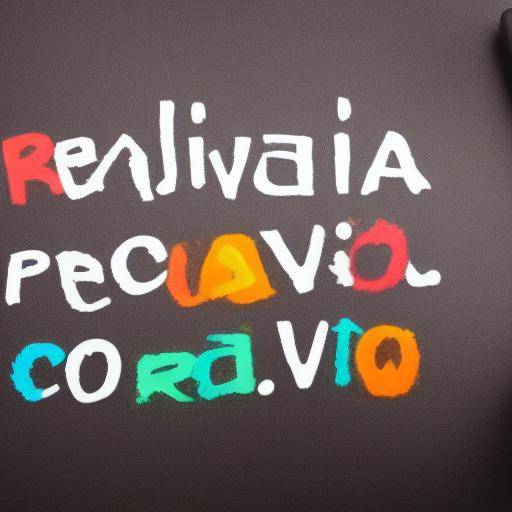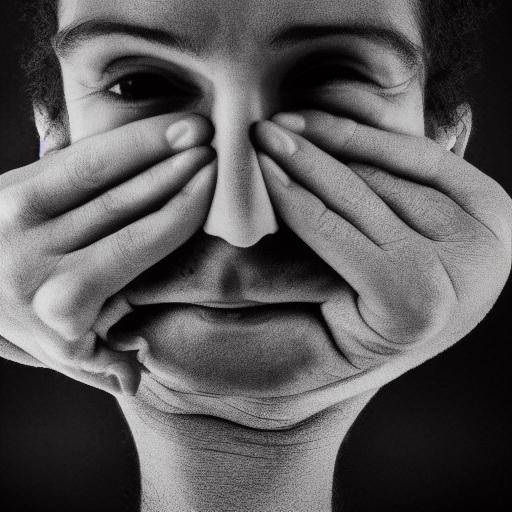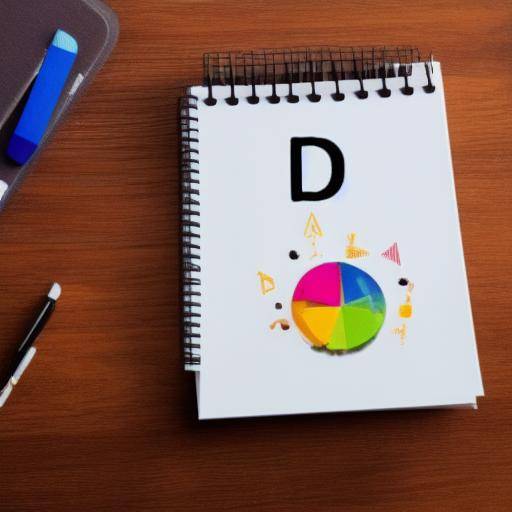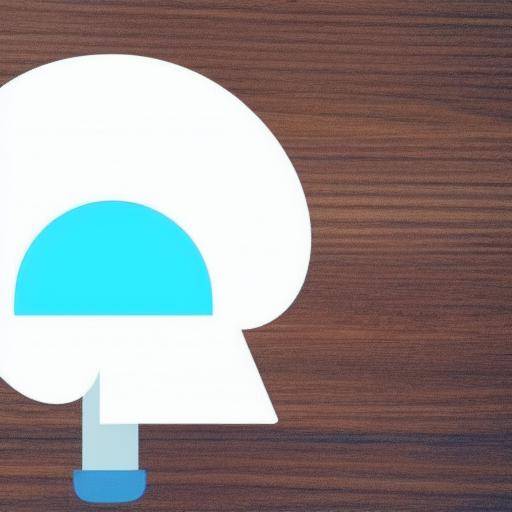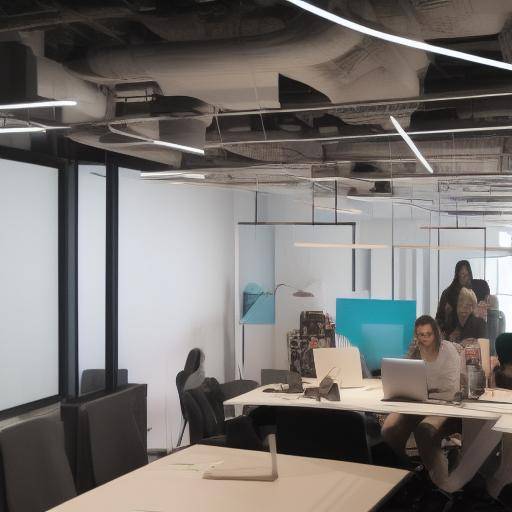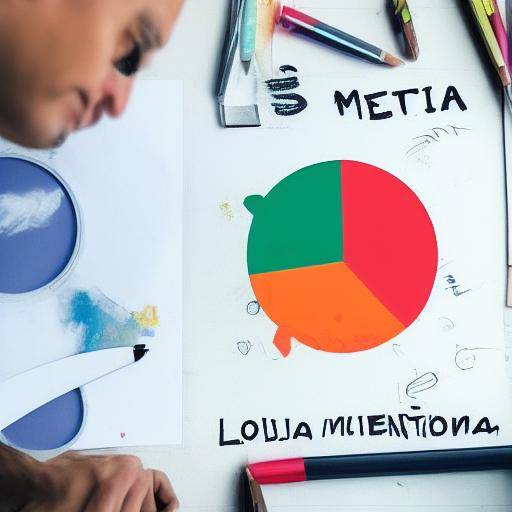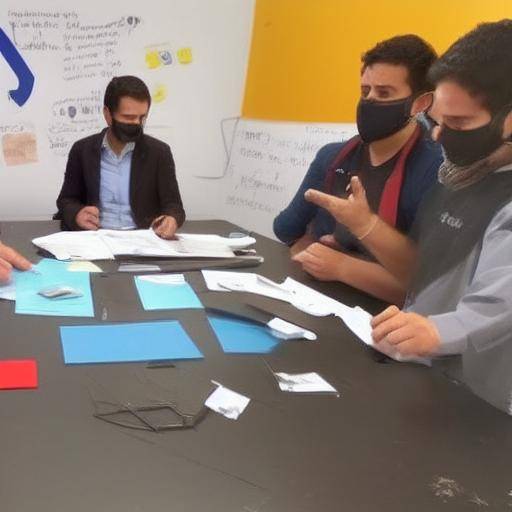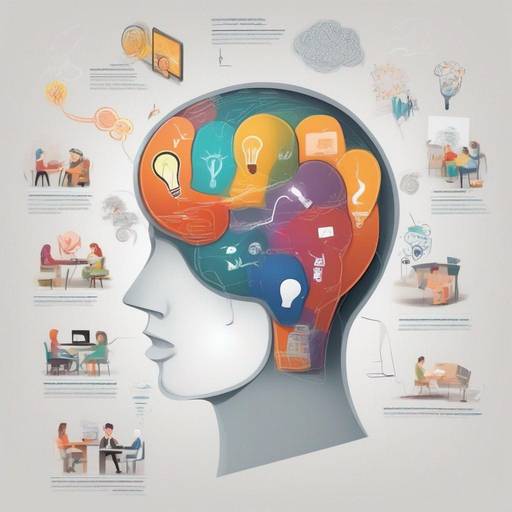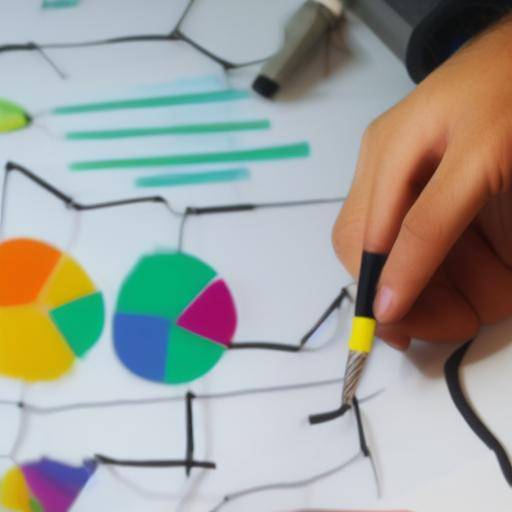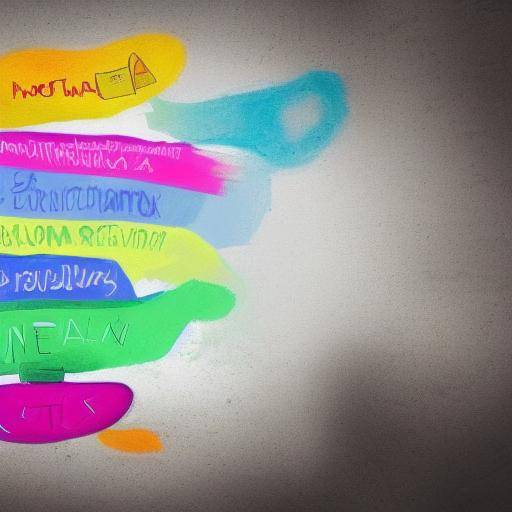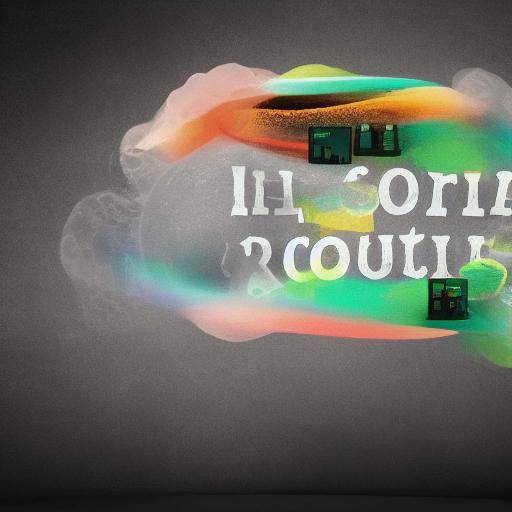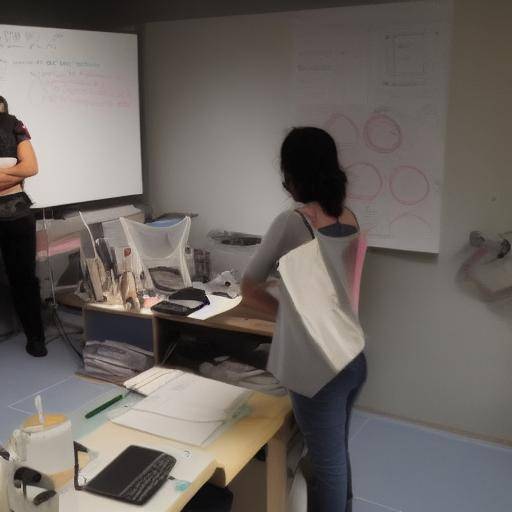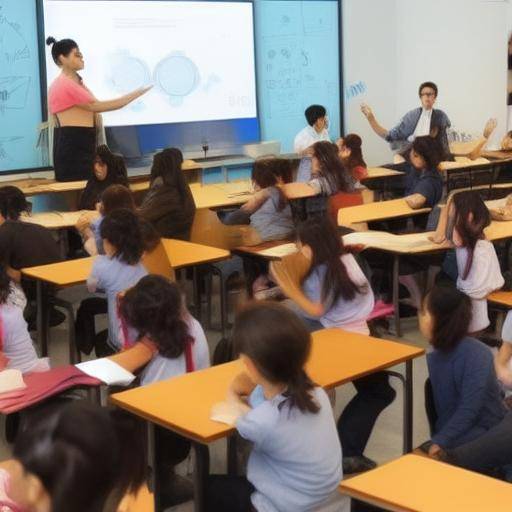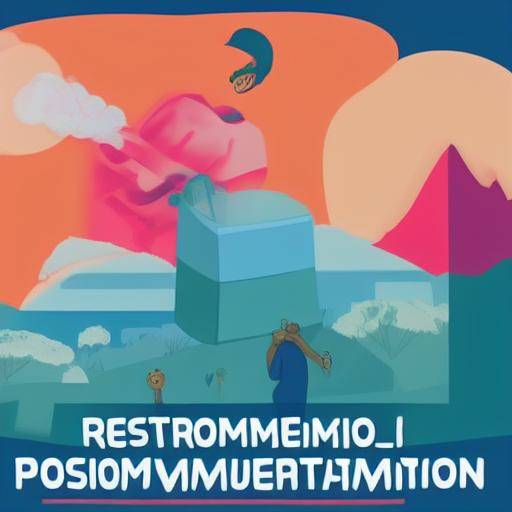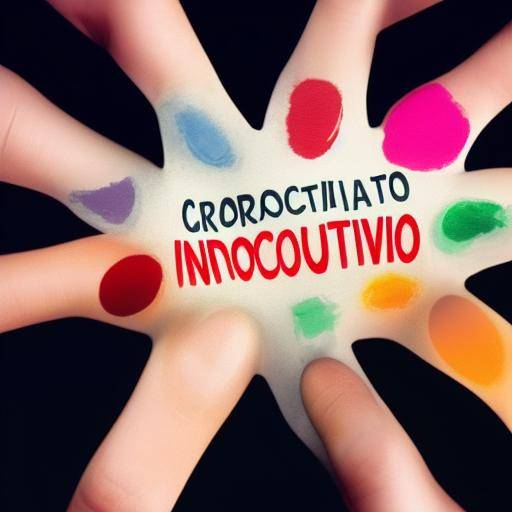
Introduction
Creativity is an essential component in the process of innovation and in solving problems in any field, whether business, scientific, technological, artistic or social. The ability to generate original ideas and find creative solutions to complex challenges is critical to advancing progress and development in today's society. In this article, we will explore in detail the crucial role of creativity in innovation and problem solving, as well as its impact on various contexts. From its historical importance to its practical application today, we will examine how creativity drives innovation and offers effective solutions to the challenges we face today.
History and Background
The relationship between creativity, innovation and problem solving has profound historical roots that date back to the first manifestations of human intelligence. From the development of primitive tools to contemporary technological advances, creativity has been a driving force for innovation and has overcome seemingly insurmountable obstacles.
In ancient Greece, philosophers like Aristotle and Plato explored the nature of creativity and its impact on human thought. His influence laid the foundations for the appreciation of creative thinking and its connection with problem solving.
The Industrial Revolution, which took place in the 18th century, marked a turning point in the history of humanity, as creativity played a fundamental role in the creation of new technologies and in the transformation of society. The ability to imagine and design innovative solutions made it possible to overcome many technical and economic challenges.
In the twentieth century, creativity and innovation reached new levels of importance with the advent of the digital era. Advances in computing, artificial intelligence, biotechnology and other scientific disciplines have been possible thanks to human creativity and the search for ingenious solutions for complex problems.
Analysis in Deep
Creativity not only promotes innovation, but also plays a crucial role in problem solving. The ability to address obstacles from multiple perspectives and find unconventional solutions is an invaluable skill in a changing and competitive environment.
Creativity offers significant benefits, both individually and organizationally. Creative people tend to be more adaptable, able to think innovatively and find original solutions to complex challenges. In business, creativity is key to the development of new products, the implementation of competitive strategies and the generation of disruptive ideas that drive growth.
However, creativity also presents challenges. The creative process can be unpredictable and often requires the willingness to take risks. Creativity management and its effective integration into organizational environments can be a challenge, but potential benefits far exceed obstacles.
Comprehensive review
Creativity, innovation and problem solving are combined in various contexts and disciplines. From product design and engineering to corporate management and social development, creativity is a determining factor in generating effective solutions and creating value.
In the artistic sphere, creativity promotes aesthetic innovation, giving rise to new forms of expression and the creation of significant works that transform culture and human thought.
In education, fostering creativity and innovative thinking is crucial to preparing future generations to face the unknown challenges that will stop the future. Creativity in the classroom fosters troubleshooting, critical thinking and experimentation, fundamental skills for success in a constantly evolving world.
Comparative analysis
Creativity, innovation and problem solving are inherently related, but each brings different aspects that enrich the global process of generating ideas and developing solutions.
Innovation focuses on the effective implementation of creative ideas to create value, whether in terms of products, services, processes or business models. It stimulates change and progress, allowing creative ideas to become tangible realities that meet market needs or desire.
Meanwhile, troubleshooting focuses on identifying and addressing specific challenges, from the simplest to the most complex. Creativity is crucial for this process, as it provides the ability to think unconventionally and find innovative approaches to solving problems that, otherwise, might seem insurmountable.
Practical Tips and Useful Tips
Promoting creativity, innovation and problem solving in any context requires a deliberate approach and concrete measures to stimulate the generation of ideas and their effective implementation. Here are some practical tips to promote creativity and innovation:
- Creating an enabling environment for creativity: Establishing a working environment that promotes freedom of expression, experimentation and divergent thinking is essential to stimulate creativity.
- Promoting interdisciplinary collaboration: The diversity of perspectives and skills can enrich the creative process, generating more complete and effective solutions.
- Stimulating critical thinking: Training people to question assumptions, exploring different approaches and seeking innovative solutions to everyday problems is essential to foster creativity and innovation.
- Celebrating constructive failure: Understanding that failure is an inevitable part of the creative process and that it can provide learning and growth is essential to foster experimentation and innovation.
Industry Perspectives and Expert Reviews
Today's industries are increasingly aware of the importance of creativity, innovation and problem solving as engines of change and differentiation. Experts in various disciplines agree that the ability to think creatively and find innovative solutions is an invaluable asset in the modern world.
According to John Perez, CEO of a recognized technology company, "the ability to innovate and find creative solutions is what allows us to keep at the forefront of our industry and differentiate ourselves from competition."
On the other hand, María López, a prominent fashion designer, points out that "cretibility is the heart of everything we do in the design world. It allows us to imagine and give life to garments and styles that challenge the norm and generate impact on the industry."
These views reflect the cross-cutting importance of creativity, innovation and problem solving in different areas and underline their relevance today.
Case Studies and Applications in Real Life
The concrete impact of creativity on innovation and problem solving becomes evident through numerous case studies and applications in real life. From companies that have revolutionized entire industries to individuals who have found ingenious solutions for everyday problems, examples are varied and revealing.
One outstanding case is that of a technology company that managed to reinvent the way cloud data is managed through an innovative solution developed by an interdisciplinary team that fostered creativity and collaboration.
Another inspiring example is that of a social entrepreneur who used his wit and creativity to develop an affordable and sustainable solution to purify water in rural communities, having a significant impact on the quality of life of thousands of people.
Future Trends and Predictions
In a world characterized by constant transformation and growing complexity, creativity, innovation and problem solving will continue to play a key role. Future trends point to even greater emphasis on integrating creativity into all aspects of life and work, as well as the importance of developing creative skills in future generations.
In business, creativity and innovation are expected to be key elements in the differentiation and sustainable success of organizations. The ability to adapt rapidly to market changes, identify new opportunities and develop disruptive solutions will be critical for future survival and business growth.
In the field of education, greater attention is paid to the education and development of creative skills from early ages, with an emphasis on teaching methods of solving innovative problems and encouraging imagination and originality.
Conclusions
Creativity is a powerful catalyst for innovation and problem solving, significantly affecting progress and development in all spheres of society. Its historical importance and its current impact demonstrate that the ability to generate original ideas and find creative solutions is essential to confront current and future challenges.
In understanding the interconnection between creativity, innovation and problem solving, a world of possibilities for human development, the transformation of society and the advancement of technology is opening up. Fostering and nurturing creativity in all its forms is not only essential for individual and organizational success, but also a means of promoting collective progress and prosperity.
Frequently asked questions
1. How to promote creativity in a working environment?
Promoting creativity in the working environment implies establishing a culture that values experimentation, collaboration and innovative thinking. Training programs, brainstorming sessions and physical spaces that stimulate creativity can be implemented.
2. What is the role of creativity in education?
Creativity in education is essential to prepare students to face the challenges of the current and future world. It allows students to develop critical thinking skills, problem solving and originality.
3. How does creativity affect problem solving in business environments?
Creativity in business environments can revolutionize how challenges are addressed and innovative solutions are generated. The ability to think out of the conventional can lead to effective and differential solutions.
4. What is the relationship between creativity, innovation and problem solving?
Creativity is the driving force behind the generation of innovative ideas, which in turn lead to effective solutions for the challenges we face. Innovation is the implementation of these ideas in tangible solutions.
5. Why is it important to foster creativity from an early age?
Fostering creativity from an early age helps develop critical thinking skills, originality and problem solving, which are fundamental in a constantly changing world and evolution.
6. How does creativity influence the ability to adapt to changing environments?
Creativity allows people to think flexibly, adapt to new circumstances and find innovative solutions to emerging challenges, which is fundamental in dynamic and competitive environments.
Through this comprehensive analysis, it is clear that creativity plays a key role in innovation and problem solving. Its influence extends across different spheres and its importance will only continue to grow in a constantly evolving world.

